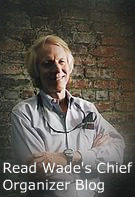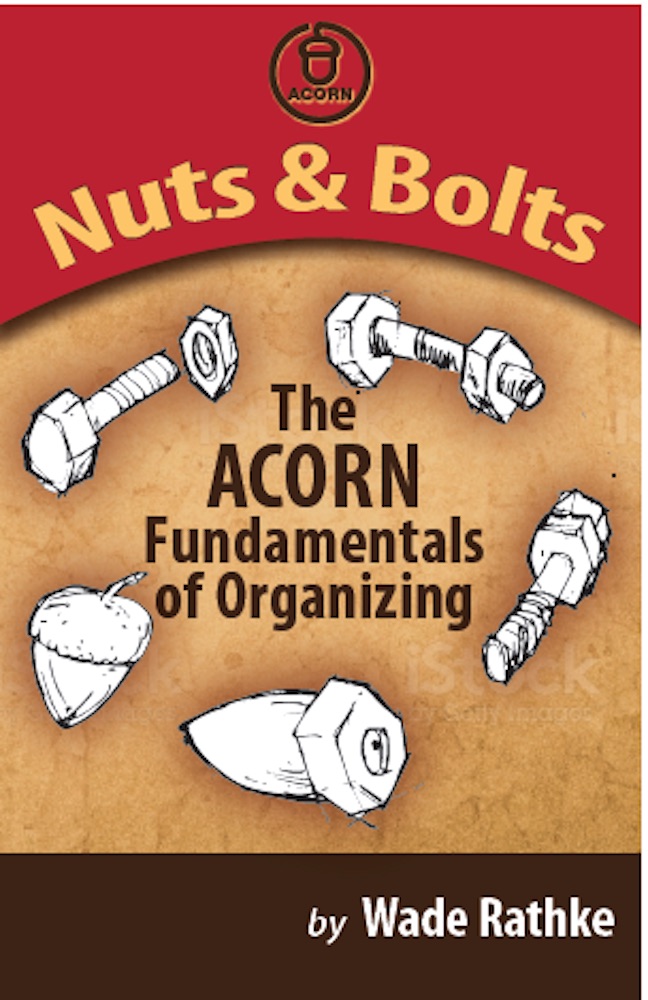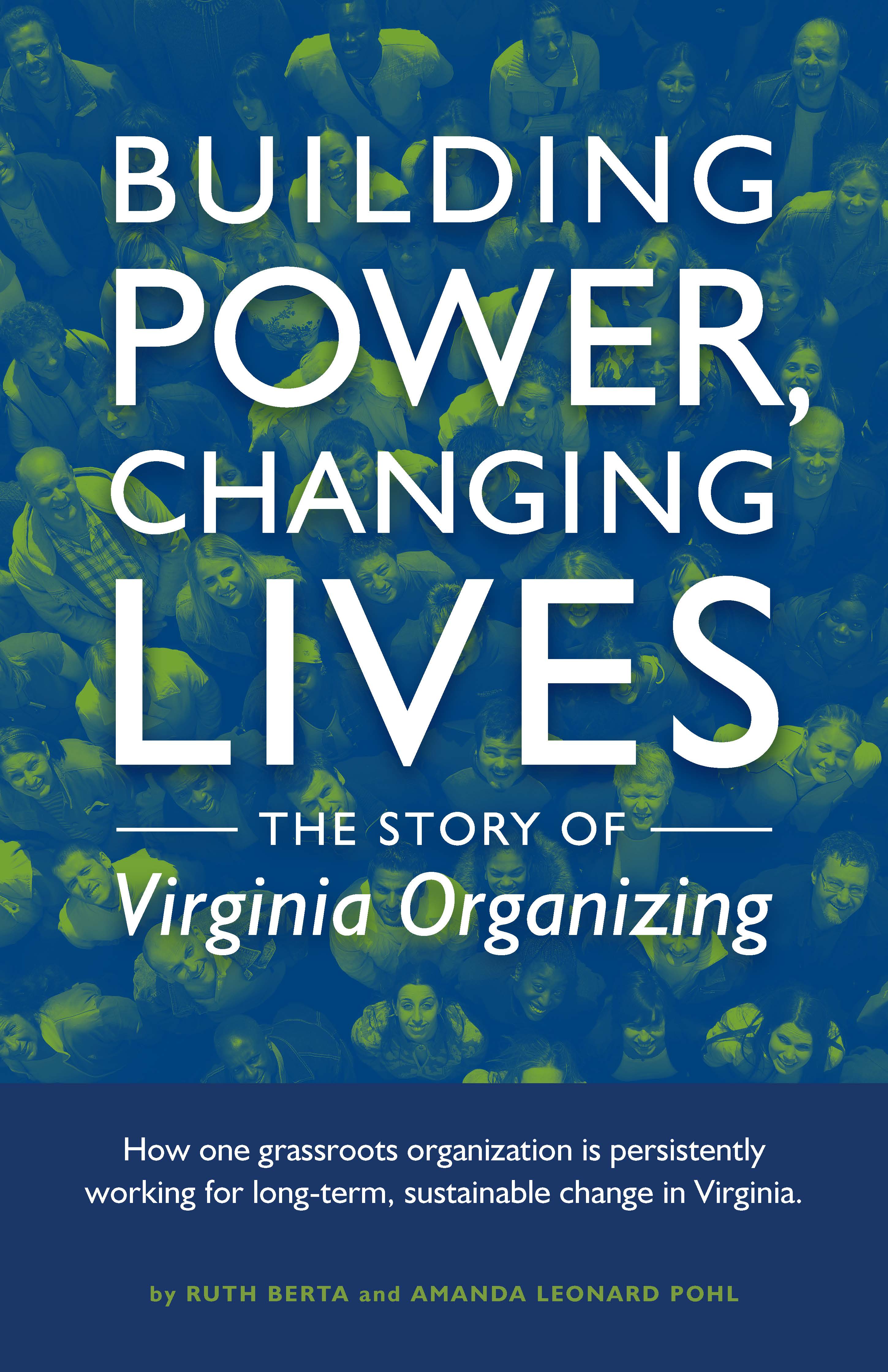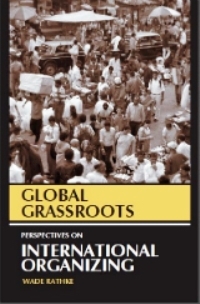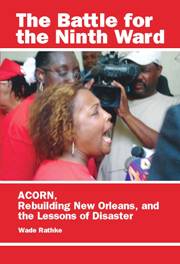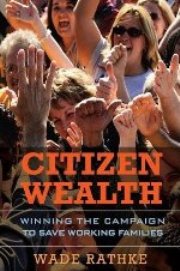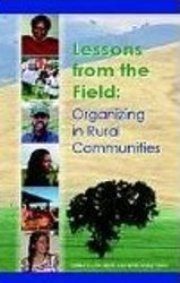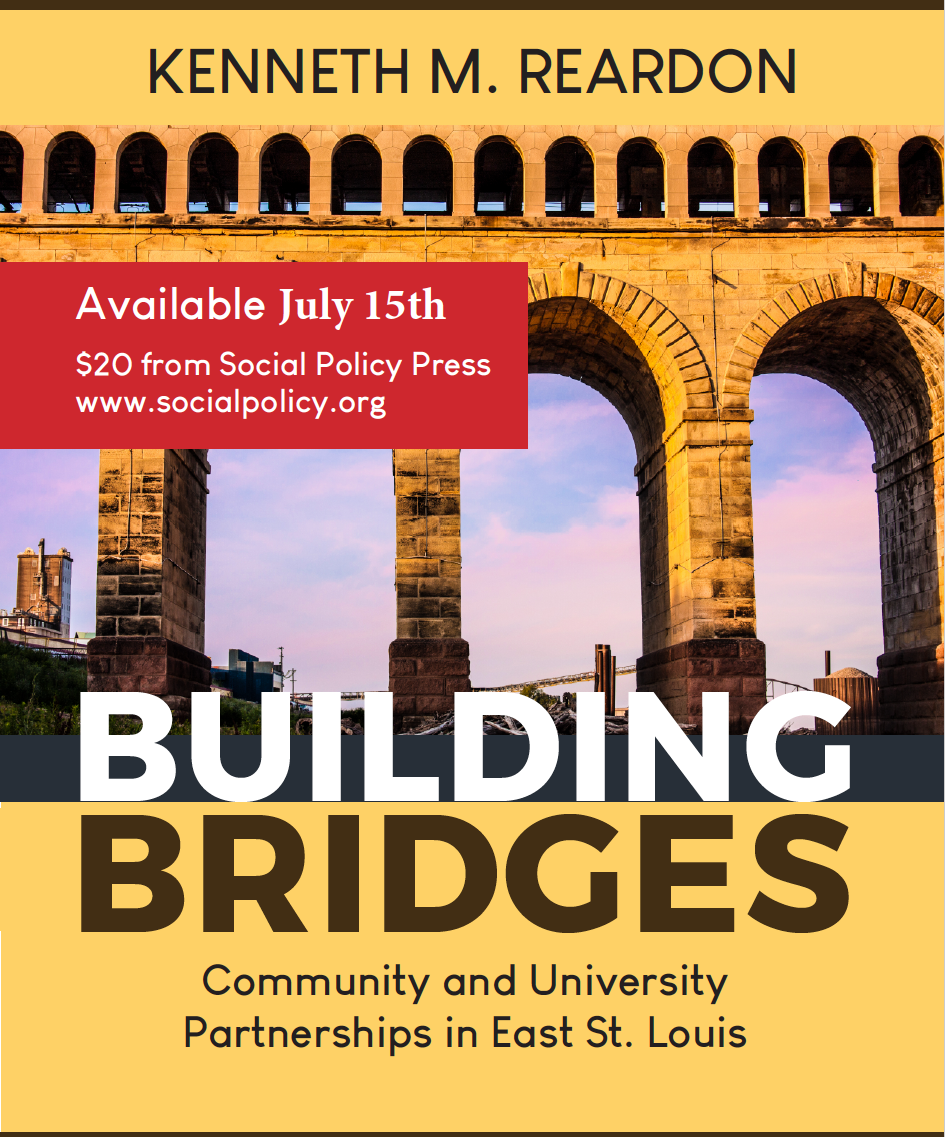The Dual Economy and Late-Stage Capitalism
Written by Ed Martin
The United States has developed an economy divided between rich and poor - increasingly wealthy for less than 1% of the population and increasingly poor for a majority. The barometer for economic well-being, the middle class, is shrinking rapidly. Many Americans live in conditions resembling those of a developing country, i.e., substandard education, dilapidated housing, and few stable employment opportunities. Scarce public resources are funneled to an entrenched “military-industrial” and “prison industrial” complex. A thirty-four trillion-dollar debt appears ominous on the economic horizon. Compounding this already precipitous financial decline is the continued support for foreign military excursions around the world, maintaining 800 military instillations outside the United States, and the financial underwriting of NATO, and wars in Ukraine and Israel.
All of this contributes to the widening social stratification resulting in dependent peripheral economies identical to those in the Southern Hemisphere. The United States is now on this trajectory and has become, for all intents and purposes a “dual economy.” Economist Peter Temin of MIT provides a framework for identifying and analyzing what he labels as the “dual economy.” Temin argues that throughout American history the economic struggle between rich and poor has been a perennial one. There has always been an economy in the United States favoring the rich over the working class and poor. The result is an income distribution that mirrors developing nations and declining quality of life. Most assuredly the power-elite are making plans to implement austerity measures to which they will immune themselves from austerity pain.
In The Vanishing Middle Class: Prejudice and Power in a Dual Economy, 2017, Peter Temin applies an economic model originated by Princeton economist and Nobel Laureate, W. Arthur Lewis. The Lewis model, originally designed to analyze the economic growth of developing nations in terms of poverty and inequality, is applied by Temin to the United States. The parallels are unsettling, as the poverty and inequality in wealth and assets in the United Sates are bifurcated along the lines analogous to the dire situations in developing nations.
In a video recording, “What the ‘Dual Economy’ Model Reveals about Today’s America,” Institute for New Economic Thinking, January 30, 2017. Temin argues that much of the low-wage sector has little influence over public policy. The high-income sector keeps wages down in the other sector to provide cheap labor and increased profit margins for businesses. Social control (media, propaganda, ideological control, police, military) is used to keep the low-wage sector from challenging the policies favored by the high-income sector. The primary goal of the richest members of the high-income sector is to lower taxes, with the exception for military purposes. Temin describes multiple contributing factors in the America’s arrival at this place, from exchanging the War on Poverty for the War on Drugs to money in politics and systemic racism, erosion of the liberal welfare state, and the demise of organized labor.
In another recoding, “America is Regressing into a Developing Nation for Most People,” Institute for New Economic Thinking, April 20, 2017, Temin outlines the ways in which racial prejudice continues to lurk below the surface, allowing politicians to appeal to the age old “desire to preserve the inferior status of blacks”, encouraging white low-wage workers to accept their lesser place in society. “We have a structure that predetermines winners and losers. We are not getting the benefits of all the people who could contribute to the growth of the economy, to advances in medicine or science which could improve the quality of life for everyone – including some of the rich people,” Temin laments. His take, plutocratic public policy is choking off any measures to create policies that are targeted to help, not only the poor, but the majority middle class.
The antidote, as prescribed by Temin, is likely to be a tough sell in today’s political climate: increased spending on welfare and supplemental pay for low wage workers (universal basic income supplement), expanding education, free education, student debt forgiveness, partial to complete debt forgiveness, odious debt forgiveness especially medical debt, updating infrastructure, restructuring mortgages and small business loans, supporting seed money for worker owned businesses, greater subsidies for farmers and ranchers, democratic control of major industries, nationalizing strategic services (communication, transportation, energy, water, etc.) and financing the overall well-being of Americans to boost social mobility and create aggregate demand in the economy. Liberal and conservative policy makers will no doubt balk at Temin’s policy recommendations. But until the course is changed, he warns, the middle class will continue to fade away, the poor further immiserated, and America’s economic security will remain unsustainable in both the short and long term.
This is not only ominous … it’s frightening, and not because this means personal sacrifice. It could signal the emergence of a fascist leader and the associated policies of a fascist state. Have a good read of Upton Sinclair’s, It Can’t Happen Here, his 1930s depiction of an America turned fascist. And there is clearly an historical take on this in America.
Temin’s research has already been confirmed by economists such as Thomas Piketty, in his Capital in the Twenty-First Century, 2014. The research that Piketty provides, over a decade ago, is in essence the same as Temin’s. For example, wages in the United States have remained flat for the past forty years and over 90 percent of all new income during that same time period went to the top 1 percent. Currently, approximately 46 million Americans live in poverty. The gap between corporate profits and worker’s pay confirms Temin’s calculations. Piketty’s and Temin’s conclusions, that capitalism, if left unchecked, generates a concentration of wealth among a tiny minority. Reading between the lines, class conflict is baked into the system of capitalism and this form of conflict translates to a perpetual struggle between capital and labor.
Not surprisingly, the responses to Capital in the Twenty-First Century have been met with allegations of Piketty’s alliance with Marxism. Scott Winship (American Enterprise Institute) and Thomas Sowell and Kevin Hasset (Hoover Institution) are to name a few. Piketty denies any such orientation to Marxism, yet the red baiting of Piketty continues. The communist conspiracy diversion of Piketty’s work is designed to prevent the majority population from any awareness of the impending economic doom and to keep the masses preoccupied with basic concerns living day to day on subsistence. This is the economic reality in an era of plenty. It is a fact that there are sufficient resources to ensure basic material satisfaction for all, but capital mandates that those resources will not benefit the great majority. Further, those same resources that have been generated by the hard work of the population are denied its benefits. This is what capitalism is and eventually the class struggle turns ugly in what Ernst Mandel describes as “late-stage capitalism” (Ernest Mandel, Late Capitalism, 1975). And Mandel is in great company with those who also argue that the ugliness of late-stage capitalism is the outcome of capitalism. For example, Marx addr essed the problem of “late-stage” capitalism in Capital, Volume III, 1894; Werner Sombart, Modern Capitalism, Part III, 1927; and Fredric Jameson, Postmodernism or the Cultural Logic of Late Capitalism, 1991).
So, is it any surprise that people are looking for some alternative to capitalism and the absurd contradict of an economy in which capital must capitulate to capital’s logic and interests of self- destruction, specifically in terms of people’s lives. Bernie Sanders revealed a yearning in Americans for a change with his 2016 and 2020 campaigns. The change was based on his affiliation with the Democratic Socialists and the quasi-socialist policy remedies. He came close. Sanders had an army behind him twice, only to be duplicitously undermined by two corrupt political parties, Democrats and Republicans. Still, what is abundantly clear is that a dual economy is here to stay for some time in the future along with the manifestations of an increasingly ugly late-stage capitalism. And the result is an obscene concentration of wealth in the two decades prior to and after, the 2009 crisis.
A viable challenge to capital must derive from a different source of power. Potentially this can come through organizing the very people that capital victimizes. In a class society, class struggle is imperative for the cause of justice and equality. The mobilization of community organizers in a peaceful transformation of America’s power base is what Temin and Piketty suggest. It is the mass movements that cause the changes needed for Temin and Piketty’s recommendations for social justice. Both are advocates for “democratic deliberation” and the securing of basic human rights. These are undoubtedly worthwhile goals, but by themselves they can never remedy the ingrained power imbalance in capitalism. Community organizing and a reaffirmation of the liberal welfare state should be the focus of a reclaiming power and solidarity for mitigating the woes of market failures.
ED MARTIN is a professor at California State University, Long Beach and The Graduate Center for Public Policy and Administration, Long Beach, California

